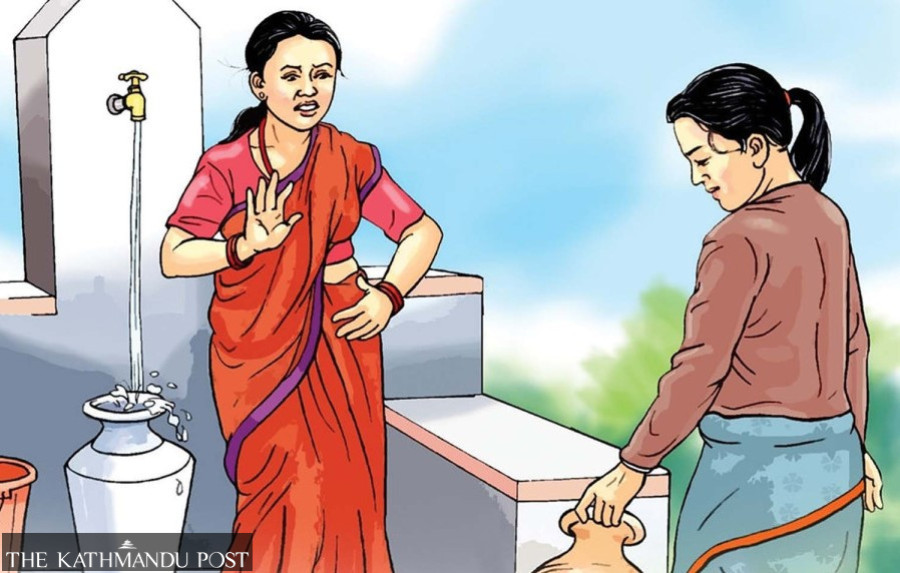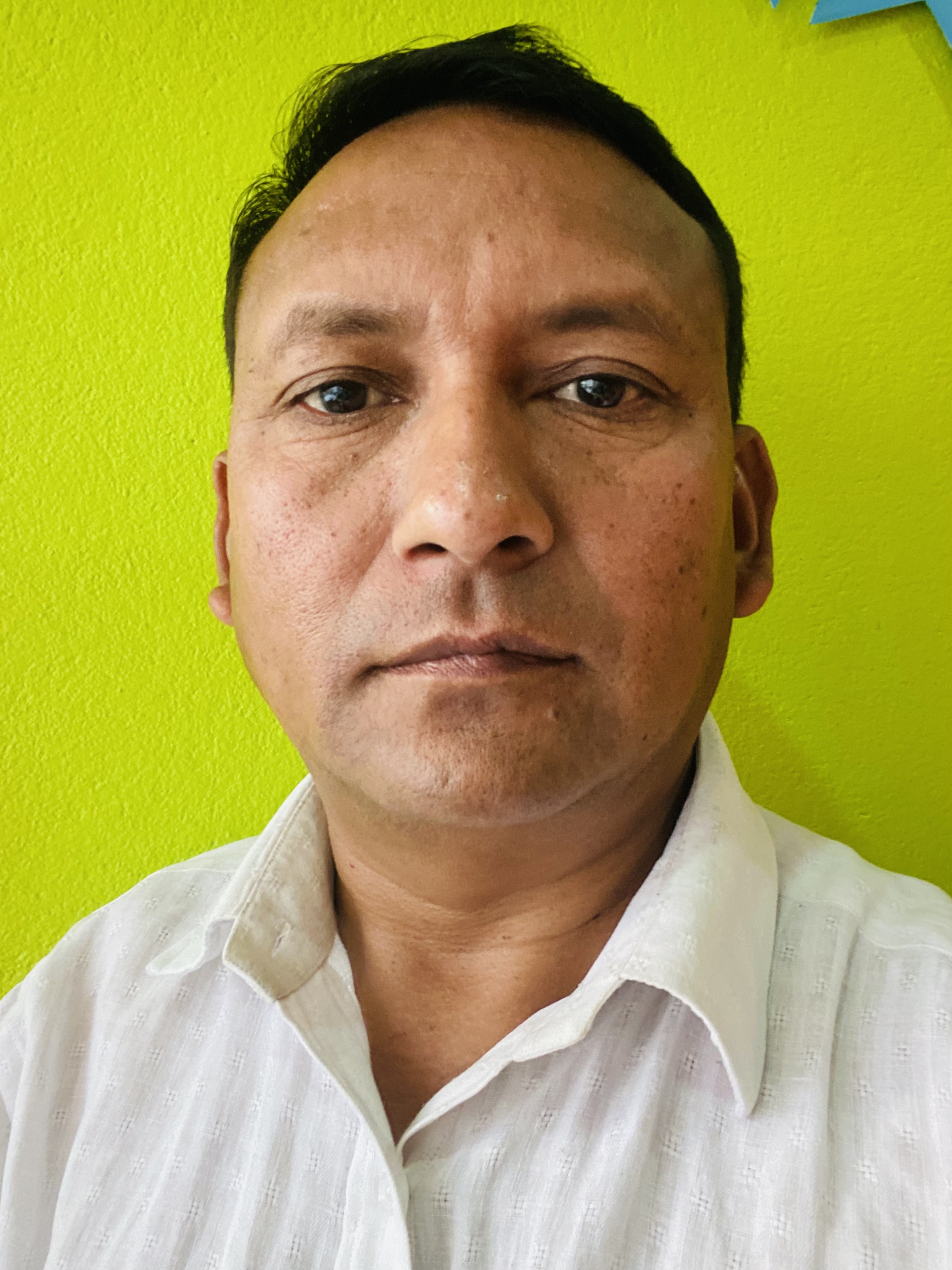Columns
Degrees of Dalitness
It is a fallacy to think that the Dalits are the only community facing caste discrimination.
Mitra Pariyar
In a recent television interview, an “upper caste” lawyer, Bhagwati Pandey, stated that the Tamang and the Magar marry their own sisters. This statement was factually incorrect; some ethnic groups do marry their cross cousins, but not sisters. And it was interpreted by the concerned ethnic groups as a form of ethnic/caste discrimination.
Humiliated and offended, members of the Tamang and Magar communities took to the streets in Kathmandu. The protests became much bigger following the alleged torture and sexual abuse of some protestors in police custody. So much so that the government was forced to form a probe body to look into the whole affair. Nonetheless, the anger is simmering and could spread to other ethnic groups if it isn’t handled properly.
The Pandey incident reminded me of a worse case in the far eastern town of Taplejung about two years ago. When I visited the town, the local Limbus were grieving the grisly murder of a young woman from their community. Her boyfriend had raped her in a nearby jungle, smashed her head with a piece of rock and hurled the body down a precipice.
At the time, the police were still investigating, but everyone suspected caste playing a significant part in the crime. Caste barriers seriously jeopardised their relationship as the man’s “upper caste” (Karki) family opposed the proposed marriage. The parents wouldn’t under any circumstances accept a Limbu woman as their daughter-in-law because they claimed the Limbu were “lower” than the Chhetri.
Before the tragic incident, the couple had been under tremendous pressure to give up their forbidden inter-caste love affair. The murderer might well have become severely distressed and depressed as a result. The poor man was caught in a serious caste trap: He risked losing his parents, parental property, wider family–and, above all, social status as a "second-tier" caste, Chhetri–if he didn’t give up his love.
Discrimination non-exclusive
The Limbu community did feel humiliated and angry at the hands of the Karki family, of course. They also suspected the police of not investigating the murder properly due to their own casteist attitude. But somehow, they refrained from calling the murder a case of caste violence. Nor did the media identify it as such. Yet it essentially exemplifies the unspoken suffering of non-Dalits at the hands of casteist individuals and families.
As apex castes, the Bahuns enjoy the greatest degree of purity and prestige and power in society. No wonder almost all political parties and their various organisations are firmly under the grip of Bahun men. Brahmins exert similar pressure amongst the people of the Tarai, where there’s a separate caste hierarchy similar to the one in northern India. The same is true of yet another caste hierarchy, established by the Malla rulers in the 12th century, among the Newar of Kathmandu Valley.
Even among the Bahuns, there are differentiations. The Upadhyaya Bahuns consider themselves the purest of the pure and look down upon other Bahun subcastes like Jaishi and Kumai. Marriage is still restricted between them.
Likewise, the Bahuns wouldn’t accept rice cooked by the Chhetris due to the ritual pollution associated with the latter. There are few marriages between the two categories. Again, there’s no question of the Bahuns and Chhetris eating food prepared by ethnic and/or tribal groups. Their Shudra or untouchable identity is marked by the denial of the sacred thread. Like Dalits, these ethnic groups have been incorporated into the Hindu fold, albeit as "lower" ranks.
Caste hierarchy is also endemic among the ethnic/tribal groups themselves. It may not be part of their culture, but the Hindu state has Hinduised them enough to practise caste strictly. The Gurung, for example, consider the Tamang "untouchable", even though their physical traits and languages are largely similar.
I recall a nasty incident of intercaste marriage among the Gurkha community in England around 2013. A Limbu man had fled with his Gurung lover, which angered the girl’s family and kin. The father of the Gurung girl was so offended by his daughter’s marriage to a “lower-caste” Limbu that he tried to find the man and kill him. The pair went into hiding for several months.
Caste is a barrier among the Gurungs themselves. The Gurungs from the prominent four clans consider themselves superior to the other 16 clans. There’s limited intermarriage between the two categories. When a man from a "superior" Gurung clan falls in love with and marries a woman from an "inferior" Gurung clan, she’s usually not allowed to touch sacred objects and spaces inside the house.
My point is, then, let’s stop pretending that caste discrimination is exclusive to the Dalits. No, it isn’t. They suffer far greater humiliation and domination overall, of course, but most Nepalis are prone to humiliation based on caste in one way or another. This reality should be reflected in our policy and public debates.
What “degree” Dalit?
It’s time we created a new narrative on caste discrimination. The simple binary between Dalit and non-Dalit in discussions of the caste system is problematic. Most of those considering themselves “clean castes” are polluted in the eyes of one group or another. So, caste discrimination and untouchability should be understood as a pan-Nepali problem–a national issue.
If Dalit means “ritually polluted”, as is commonly understood in our society, then nearly all of us are de facto Dalits. Maybe 2.5 percent of the population of the Upadhyaya subcaste of the Bahun doesn’t find itself Dalitised; the rest do! The difference is only in the degree of ritual pollution and consequent separation and domination.
To help people understand the concept better, I use the term “Dalit degree”. Just as the degree of the body temperature is measured by a thermometer, the degree of Dalitness, as it were, is mentally measured using a "tharmeter". One’s thar (surname) is used enough to calculate who is placed where on the caste ladder.
We could use an imaginary scale on the tharmeter to identify the level of ritual pollution and the expected social distance. Say the Upadhyays are 0-degree Dalit. In that fashion, Jaishi Bahuns are around 10 degrees; Chhetris 30 degrees; Gurungs 40 degrees; Magars 45 degrees; and Tamangs 50 degrees. Among the Dalits–themselves internally divided–perhaps Kamis are 70 degrees Dalit; Damais 75 degrees; and Gandarvas 80 degrees.
Let us then review the discourses on and narrative of caste discrimination and untouchability and widen its meaning to include all castes, subcastes, ethnic groups and clans of the county. This way, everyone may realise its damage to the broader society and perhaps become motivated to treat the problem–instead of pretending that somehow they are exempt from caste domination.




 16.12°C Kathmandu
16.12°C Kathmandu













%20(1).jpg&w=300&height=200)

